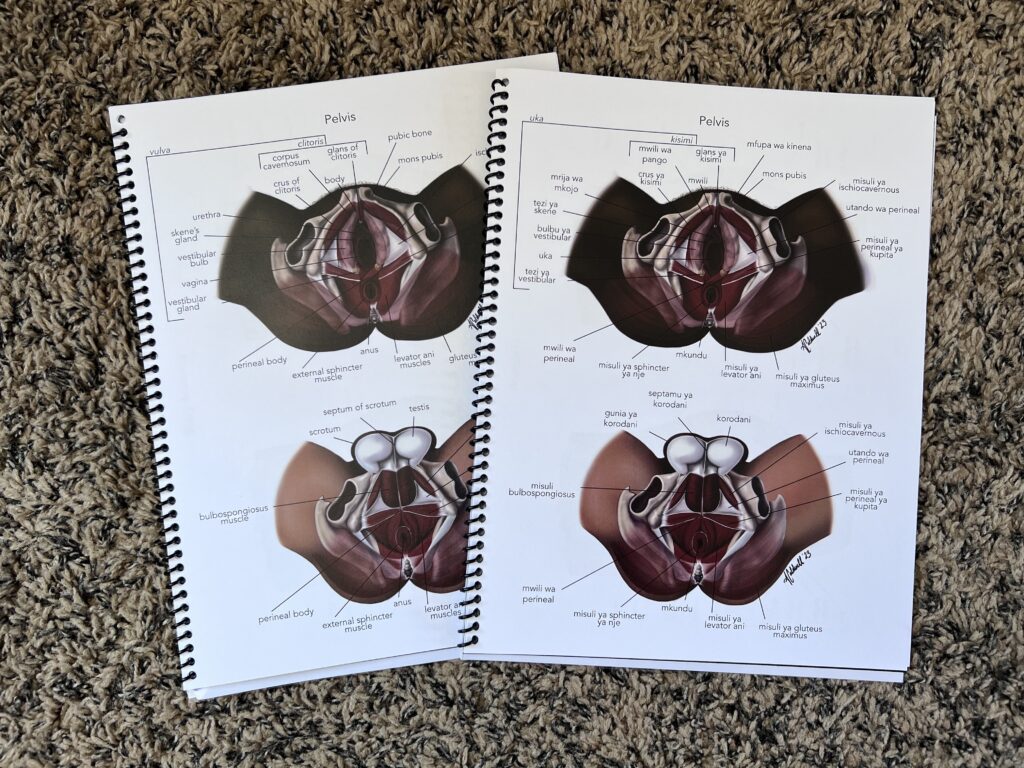Posts Tagged ‘physical therapy’
Can you hold your flatulence? The Importance of the Pelvic Floor
What I learned from a pelvic floor therapist about the importance of taking good care of our pelvic floor. I recently had the opportunity to meet Brittney Davis, a pelvic floor specialist at Rock Valley Physical Therapy here in North Liberty, Iowa. Our initial meeting stemmed from a maternity project I recently completed. I quickly…
Read More